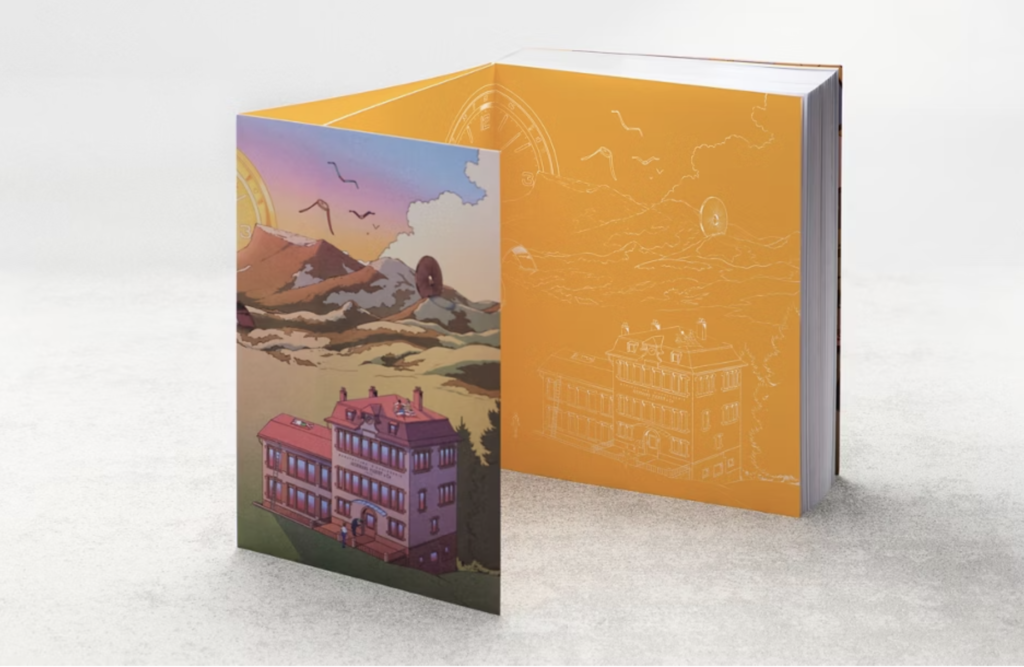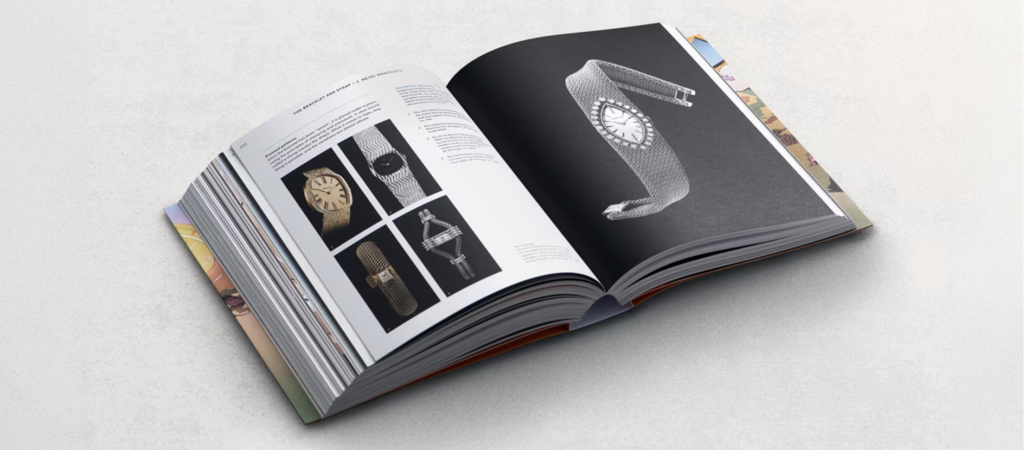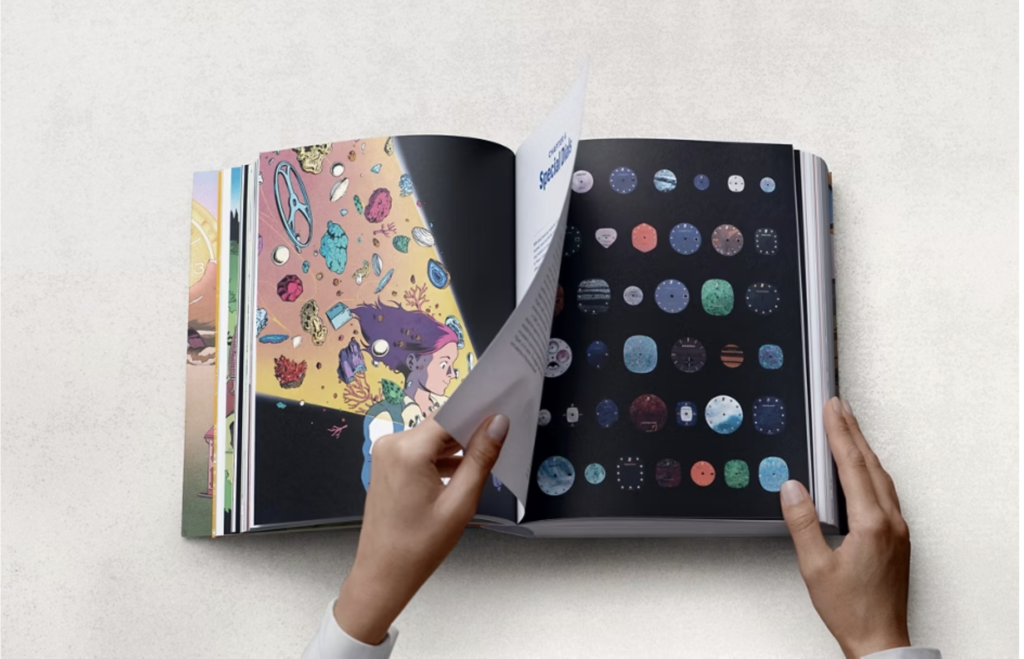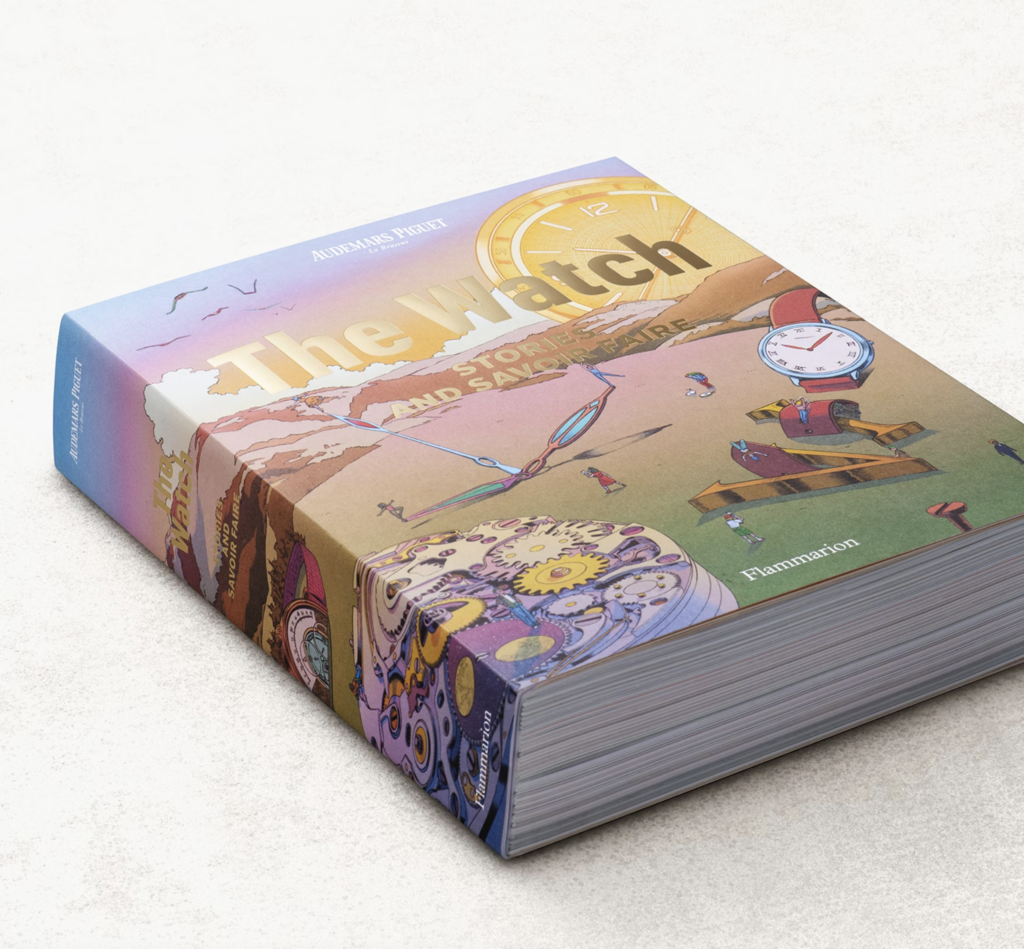For a century and a half, Audemars Piguet has built more than watches; it has crafted time itself into art. To mark this milestone, the Manufacture from Le Brassus has unveiled a new book, The Watch – Stories and Savoir Faire, published by Flammarion. Spanning six hundred pages, it is far more than a brand chronicle; it is a meditation on creativity, precision, and the people who have made Audemars Piguet what it is today. This release arrives as part of the brand’s 150th-anniversary celebration and acts as both a mirror and a manifesto. It captures the soul of Haute Horlogerie at a moment when craftsmanship and cultural storytelling have never felt more intertwined.
A Story of Hands, Minds, and Machines
Every page of The Watch – Stories and Savoir Faire draws the reader into the dialogue between human intuition and mechanical innovation. The book is structured not as a technical manual but as a narrative journey through the anatomy of a timepiece, its balance wheel, its escapement, the interplay of spring and gear and the imagination that drives it all.

Rather than simplifying the craft for beginners or cloaking it in jargon for experts, the book speaks to the universal fascination with time. Its language feels almost cinematic, guiding readers through the light of the Jura Mountains, where the first Audemars Piguet workshops began in 1875. That small valley between brass, frost, and fog has long been the birthplace of mechanical dreams, and this book captures that atmosphere with an almost poetic accuracy.
The tone is intimate. The reader senses the hum of machinery, the glint of brass, and the slow rhythm of craftsmanship measured not in minutes but in generations.
A Collective Creation
In the spirit of the Manufacture, The Watch – Stories and Savoir Faire is the product of collaboration. More than forty contributors, watchmakers, designers, historians, typographers, and photographers, worked under the guidance of Audemars Piguet’s Heritage Department to bring the volume to life.
The writing was coordinated by Sébastian Vivas, the brand’s Director of Heritage and Museum, who describes the project as a “journey of initiation.” He notes, “I wish this book had existed when I first discovered watchmaking; it’s exactly what I would have given my friends and colleagues. It’s both an introduction and a companion to the art of mechanical time.”
Each essay and image builds upon that idea. The book is divided into thematic movements: creation, mastery, and transmission, echoing the structure of a symphony. It moves from the mechanical core of a movement to the emotional pulse of the wearer, weaving human stories throughout.
A Tribute to the Unseen
At its heart, this book honours the artisans behind the brand. It is a deliberate inversion of luxury’s usual perspective. Instead of focusing on celebrity ambassadors or collectors, the spotlight falls on those who file, engrave, polish, and assemble. Their names are often unknown outside the valley of Le Brassus, yet their fingerprints mark every calibre that leaves the Manufacture.
The photographs are unguarded: hands at work, faces bent toward the smallest of components, dust floating in a shaft of light. Each image reminds readers that every watch is a collective gesture of attention.
By celebrating its craftspeople, Audemars Piguet reinforces an idea central to its philosophy, that true luxury is built on continuity and human touch. Machines may measure accuracy, but only people define excellence.

The Art of Knowledge
What distinguishes The Watch – Stories and Savoir Faire is its commitment to education. Audemars Piguet doesn’t treat knowledge as proprietary; it treats it as cultural heritage. Across its pages, the book explains techniques of finishing, decoration, and assembly in language that reveals their beauty rather than conceals it.
Readers learn how the Geneva Stripes shimmer under light, how beveling is both a craft and a meditation, how the sound of a repeater is tuned like a musical instrument. Each chapter reminds us that timekeeping, in its purest form, is a creative act.
The typography mirrors the structure of a movement: precise, balanced, deliberate. Even the paper was chosen to echo the tactile satisfaction of winding a crown. Nothing is left to chance. The experience of reading becomes an act of craftsmanship in itself.
150 Years of Independent Spirit
Audemars Piguet remains one of the few family-owned Haute Horlogerie manufacturers in Switzerland. That independence, rare in an era of conglomerates, has allowed the brand to evolve without losing its soul. The book dedicates an entire section to this autonomy, how it has shaped the company’s approach to innovation and preservation alike.
From the Royal Oak’s disruptive launch in 1972 to the intricate Code 11.59 collection, the narrative traces how the brand has balanced risk with respect. It shows that every new design emerges from a lineage of ideas rather than a break with tradition.
In doing so, the publication becomes a statement about resilience. To remain relevant across 150 years requires more than innovation; it requires identity. The Watch – Stories and Savoir Faire captures that identity in full scope.

A Modern Interpretation of Legacy
Unlike many commemorative releases that dwell on nostalgia, this book looks forward. It treats heritage not as a museum exhibit but as a living practice. The tone throughout is reflective yet forward-leaning, aware that mastery must keep evolving.
In one chapter, contemporary watchmakers describe how they reinterpret century-old designs with modern tools, translating traditional forms into new languages of material and movement. Their stories reveal a truth often hidden behind luxury’s surface: progress is born from patience.
That is why the book’s most powerful message may be philosophical rather than historical. It argues that true craftsmanship survives because it teaches humility. Every watchmaker, regardless of experience, remains a student of time.
A Book as a Work of Art
Beyond its content, The Watch – Stories and Savoir Faire is itself a collectible object. Bound in deep navy cloth and embossed in silver, it reflects the quiet confidence of the brand. The layout follows a rhythm of precision and space, alternating between macro photography of movements and wide landscapes of the Vallée de Joux.
The editorial direction by Flammarion ensures that every image breathes. One can almost feel the chill of the Jura air, hear the tick of a calibre at rest, and smell the faint oil used in assembly. It is sensory without being sentimental.
As a physical artifact, it embodies the same principles that define a watch: harmony, proportion, and permanence. For collectors and readers alike, it invites slow engagement, a rare quality in a digital age.
Beyond Watchmaking
The deeper message of the book transcends horology. It is about human curiosity, persistence, and the quiet pursuit of perfection. The stories inside remind us that art and science are not opposites but companions. Each chapter speaks to the universal desire to leave something enduring in the world.

By documenting these narratives, Audemars Piguet contributes to a broader conversation about craftsmanship and sustainability. The book highlights how responsible sourcing, energy efficiency, and education sustain the brand’s mission. Time, in this context, is both material and moral; it must be respected, not merely measured.
Legacy in Motion
As the company moves into its next century, The Watch – Stories and Savoir Faire stands as both testimony and guide. It acknowledges the passage of years while inviting future generations to build upon them. For Audemars Piguet, legacy is not a static inheritance but a dialogue that continues with every turn of a wheel and every idea shared.
In a world where speed often eclipses skill, this book restores the value of patience. It asks readers to consider not how quickly something can be made, but how meaningfully. It is, ultimately, a portrait of endurance, a chronicle of those who chose to measure time not by profit, but by precision.
Written by: Linh Giang Nguyen
Published on: 4th November 2025